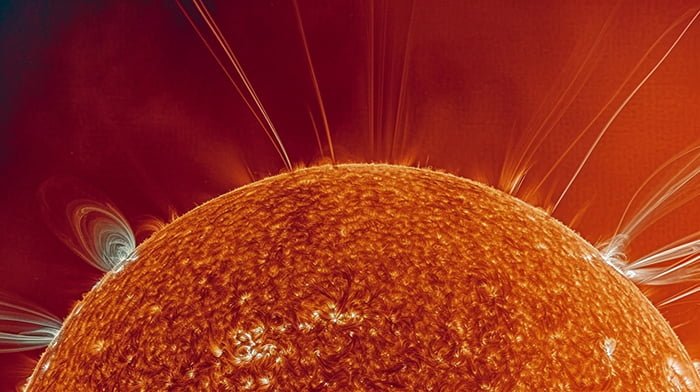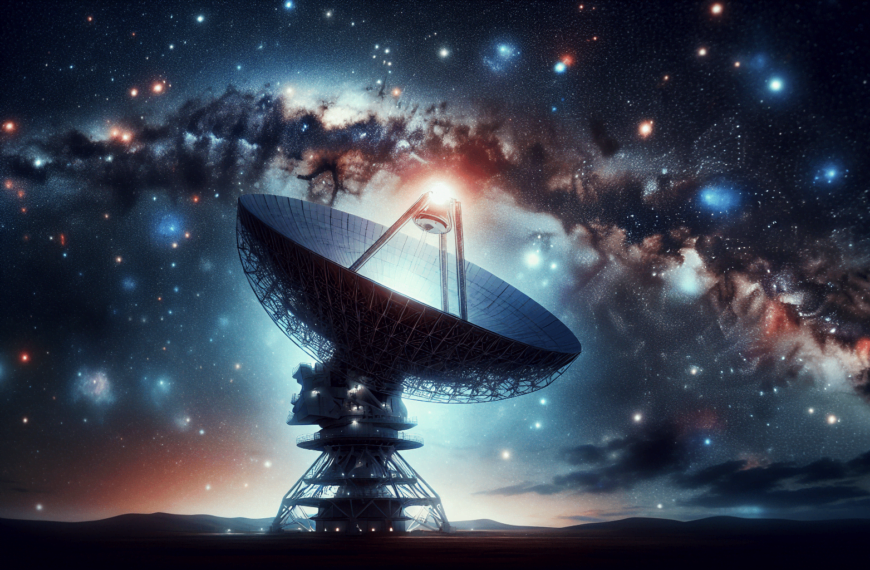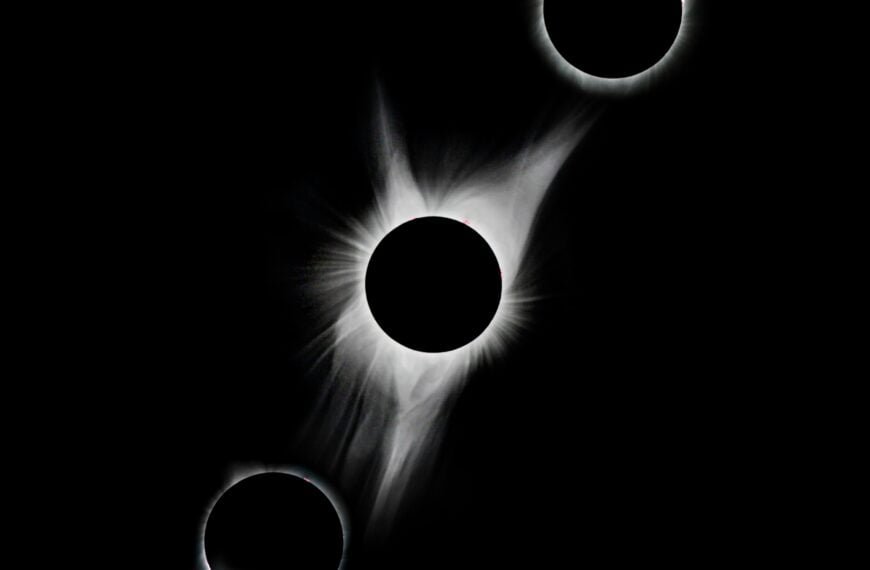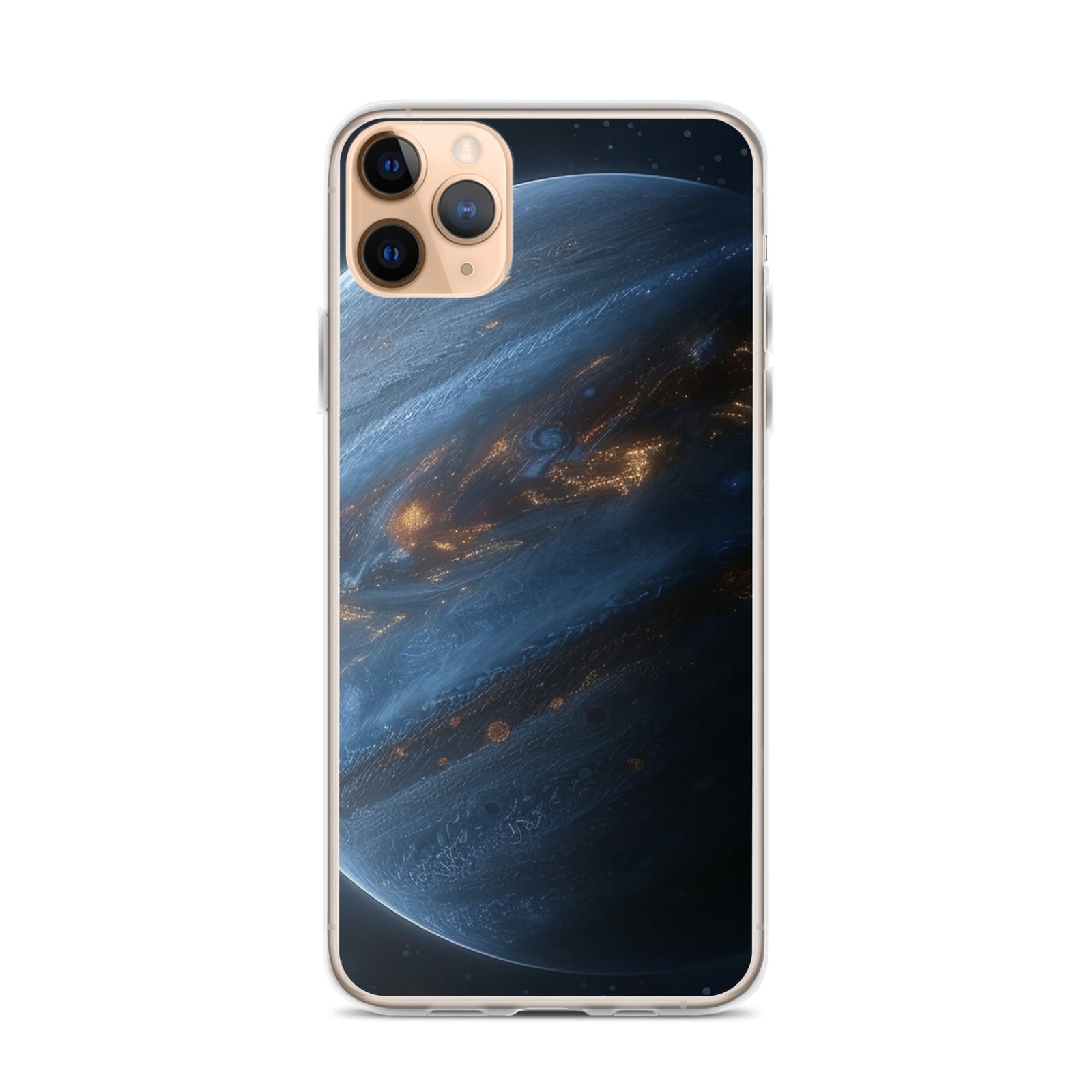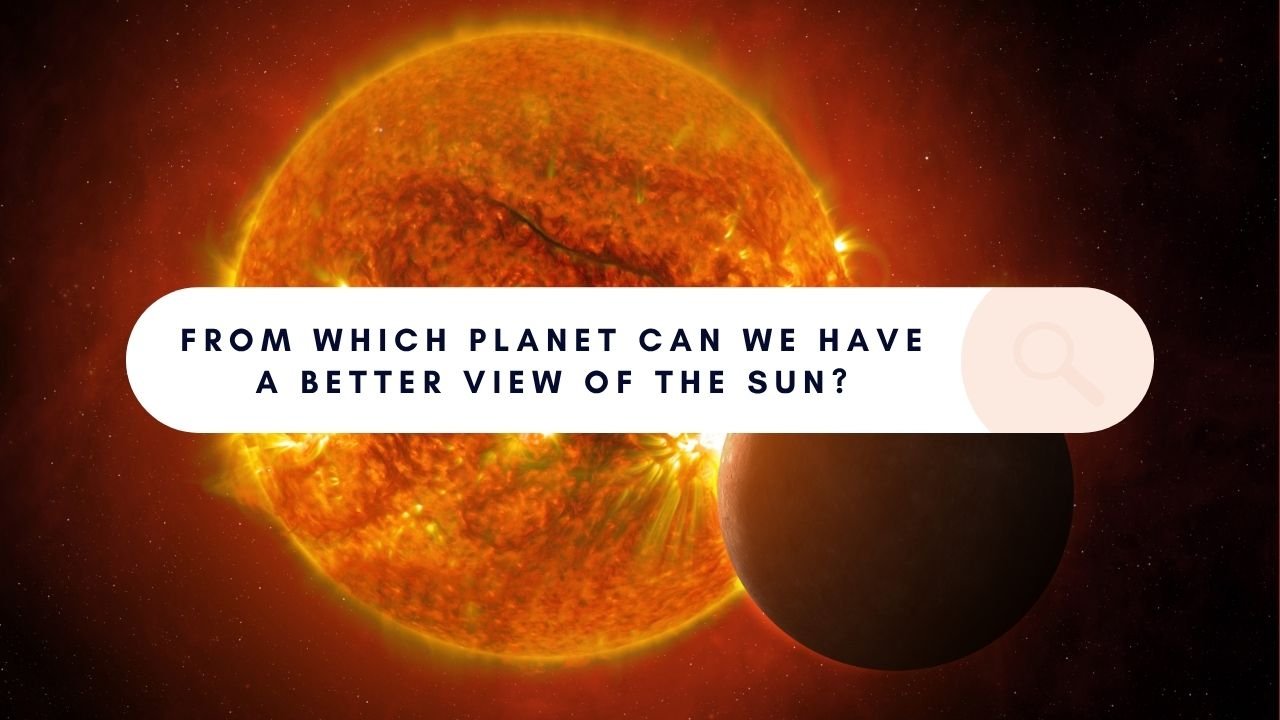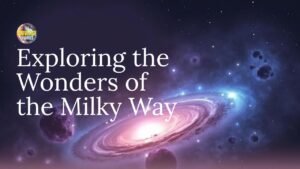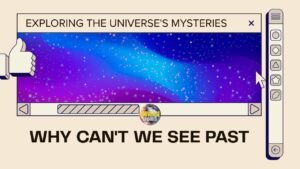Researchers from the University of Cambridge have made a groundbreaking discovery in the field of astronomy. They have detected the oldest black hole ever observed, dating back to just 400 million years after the Big Bang, more than 13 billion years ago. This massive black hole, a few million times the mass of our Sun, challenges previous assumptions about how black holes form and grow. The findings, reported in the journal Nature, suggest that black holes may be “born big” or have the ability to consume matter at a much higher rate than previously believed. The discovery was made using the NASA/ESA/CSA James Webb Space Telescope, which has greatly increased sensitivity in detecting black holes. This exciting advancement in research opens up new possibilities for uncovering more ancient black holes in the future.
Astronomers discover oldest black hole ever observed

Overview of the discovery
In a groundbreaking discovery, astronomers have detected the oldest black hole ever observed. This black hole, dating from the dawn of the universe, has been found to be “eating” its host galaxy, causing significant implications for our understanding of black hole formation and growth. The discovery was made possible by the use of the James Webb Space Telescope (JWST), a powerful instrument that has provided unprecedented sensitivity in infrared observations.
The use of the James Webb Space Telescope (JWST)
Led by the University of Cambridge, an international team of researchers utilized the NASA/ESA/CSA James Webb Space Telescope (JWST) to detect the oldest black hole known to date. The JWST’s enhanced sensitivity, especially in the infrared range, has allowed scientists to make significant leaps forward in their observations of the universe. This technological upgrade can be likened to transitioning from Galileo’s telescope to a modern-day instrument overnight. The JWST has opened up a new era of discovery, revealing the universe’s hidden secrets.
Age and size of the black hole
The newly discovered black hole dates back more than 13 billion years, appearing just 400 million years after the Big Bang. What makes this finding particularly intriguing is the size of the black hole, which is several million times the mass of our Sun. This challenges previous assumptions about how black holes form and grow. According to conventional models, supermassive black holes, such as those found at the center of galaxies like the Milky Way, take billions of years to reach their current size. However, this newly discovered black hole indicates that there may be alternative mechanisms at play. It is possible that these supermassive black holes are either formed in a different manner or that they can consume matter at a rate previously thought impossible.
Challenging assumptions about black hole formation
The discovery of such an early and massive black hole forces astronomers to reconsider their existing theories on black hole formation. Previous models suggested that supermassive black holes originated from the remnants of dead stars, collapsing and forming a black hole approximately 100 times the mass of the Sun. However, the timeline does not match up in the case of this newly detected black hole. It would have taken approximately one billion years for the black hole to grow to its observed size under normal circumstances. Yet, given the early age of the universe when this black hole was detected, alternative formation mechanisms need to be considered.
The impact of the black hole on its host galaxy
As with all black holes, this ancient black hole is consuming material from its host galaxy, fueling its growth. However, this particular black hole is found to be devouring matter at a much higher rate than black holes observed at later stages of the universe. The young host galaxy, known as GN-z11, radiates energy from the energetic black hole at its center. The excessive consumption of gas by the black hole creates an ultra-fast wind that pushes the gas away. This wind has the potential to disrupt the process of star formation in the galaxy, slowly leading to its demise. However, it is important to note that this process will also eventually cut off the black hole’s source of “food,” ultimately leading to the black hole’s own demise.
Detection of black holes through accretion disc
Black holes cannot be directly observed; instead, they are detected through the glow emitted by the accretion disc, a swirling disk of matter that forms near the edges of the black hole. The gas within the accretion disc becomes extremely hot and emits energy in the ultraviolet range, allowing astronomers to identify the presence of a black hole. In the case of GN-z11, the compact galaxy housing the ancient black hole, intense radiation is emitted from the accretion disc, indicating the presence of a black hole at the galaxy’s core.
Implications of the discovery for future research
The discovery of this ancient black hole has significant implications for future research in the field of astrophysics. The unprecedented sensitivity of the JWST, combined with future observations, may unveil even older black holes in the coming months and years. Scientists hope to further investigate the formation of black holes by searching for smaller “seeds” that may shed light on the different mechanisms behind their growth. By understanding the various ways in which black holes form, researchers can gain valuable insights into the evolution of galaxies and the universe as a whole.
Funding and support for the research
The research leading to the discovery of the oldest black hole ever observed was supported by several institutions and funding sources. The European Research Council, the Royal Society, and the Science and Technology Facilities Council (STFC) provided financial support for the project. The collaboration between international teams and the availability of state-of-the-art technology such as the JWST highlight the importance of ongoing funding and support for research in the field of astronomy.
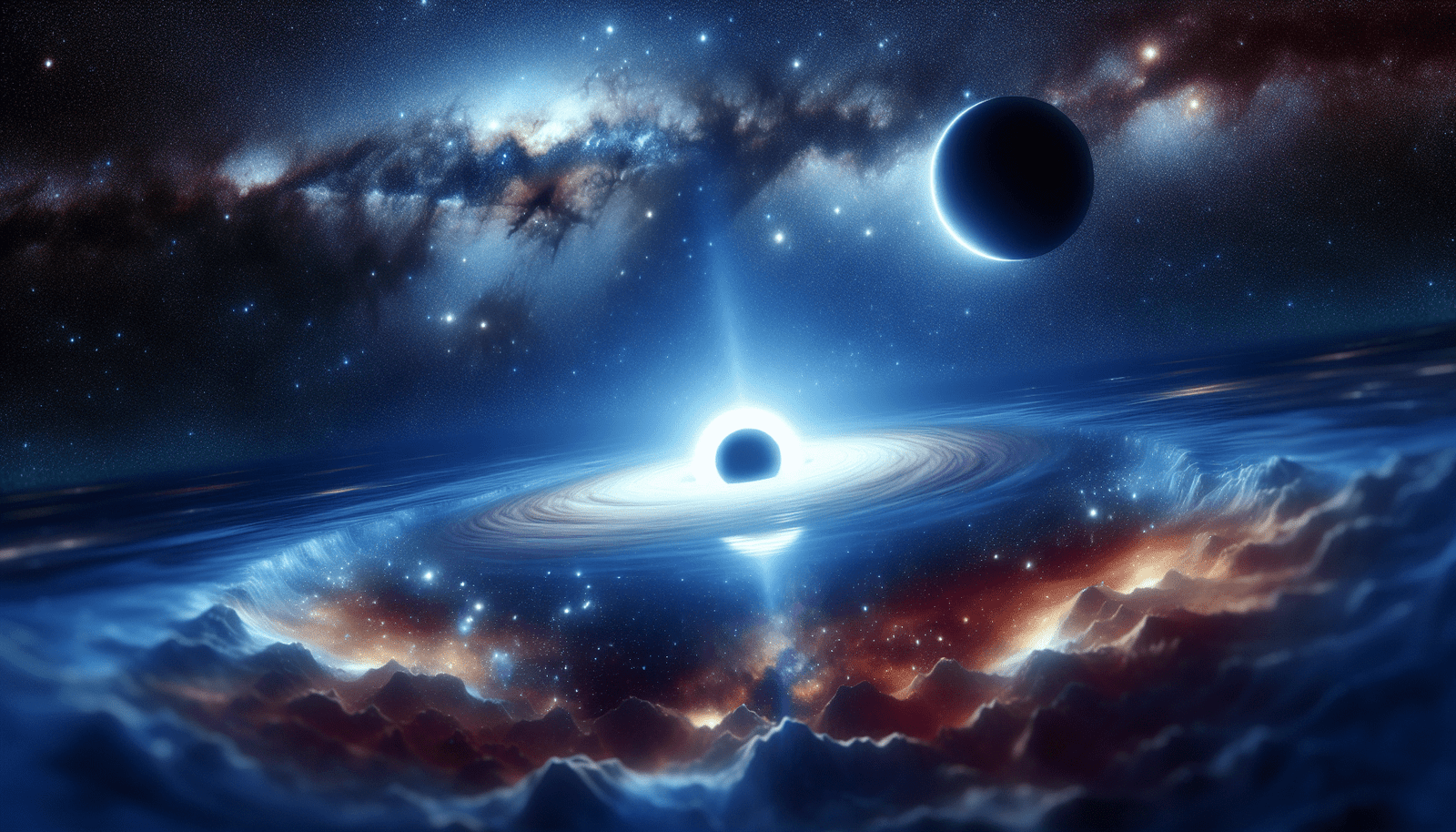
Conclusion and future prospects
The detection of the oldest black hole known to date marks a significant milestone in the field of astrophysics. This discovery challenges existing theories on black hole formation and growth, forcing scientists to consider alternative mechanisms for these cosmic phenomena. The impact of the black hole on its host galaxy raises intriguing questions about the interplay between black holes and the evolution of galaxies. The use of the James Webb Space Telescope has revolutionized our understanding of the universe, and it is only the beginning of what promises to be an exciting era of astronomical discoveries. With continued research and technological advancements, astronomers are poised to uncover even more mysteries of the universe and expand our knowledge of its origins and evolution.




